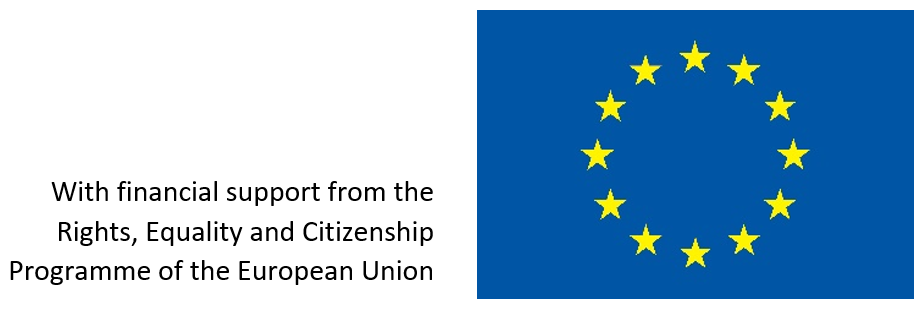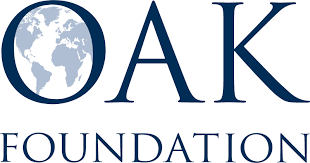Laura Papo Bohoreta can be seen as a prototype of a career mom. Laura Papo Bohoreta was a Sephardic-Bosnian writer, journalist and artist. She contributed a great deal of knowledge for historians about the life and language of the Sephardic community in the region which belongs to Bosnia & Herzegovina nowadays. She was one of the very few female journalists of the time – on top of belonging to the Sephardic minority – and cleaned up with stereotypes of what it meant to be a Sephardic woman in Yugoslavia at that time.
Laura Papo Bohoreta was born in 1891 in Sarajevo which was part of the Ottoman Empire and under occupation of Austria-Hungary at that time. Her parents were Jewish traders and rather poor. Together with her parents and six siblings Bohoreta moved to Istanbul at the age of nine. During this time she started being called Laura instead of her given name at birth which was “Luna”. In 1908 after ongoing financial difficulties, the family moved back to Sarajevo. Coming back to her hometown, Laura was missing the Sephardic traditions of her community she grew up with and loved. She started collecting Sephardic documents – poems, proverbs, song lyrics – and created her own, little archive in a sense. In doing so, she recorded information about customs, traditions, values and the languages used by the Sephardic community she belonged to.
Furthermore, Bohoreta published a number of newspaper articles that were focusing on women in the Sephardic community. One of them – “Die Spanolische” (1916, in “Die Bosnische Post”) – was a reaction to another article. In the other article Sephardic women were described as being submissive, preserving patriarchal values and having no opinions on her own. In “the Spanolische” Bohoreta wanted to give a more realistic insight into the lives of Sephardic women and describe her role as an important member the family and community – instead of only an attachment to her husband.
Bohoreta wrote her texts in different languages – Ladino, Castilian, Serbo-Croatian, German – depending on where and if it was published and who the audience was. Interesting is especially her use of Ladino i.e. Judeo-Spanish – a regional language of the Sephardic community whose use was decreasing at the time. By writing in that language and reviving it with more contemporary terms she made an effort in instilling an interest in Ladino amongst the young generation.
After both her sons were taken away from her in 1941 by the German Nazi regime, Laura grew severely ill and died soon later at the young age of 50 years.
Laura Papo Bohoreta is truly an inspiration! This woman had a busy, successful career as someone from a poor family, belonging to the Sephardic minority and being a woman. The profession of journalist was especially rare amongst woman at that time but Bohoreta managed to have her articles published and read anyways – all the while raising two sons all by herself.
Written by WAVE intern: Perrine Yarar
Sources:
Ehri-Project: https://www.ehri-project.eu/
Spahić, Aida et al.: Women Documented. Women and Public Life in Bosnia and Herzegowina in the 20th Century, Sarajevo (2014).






